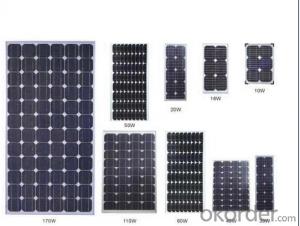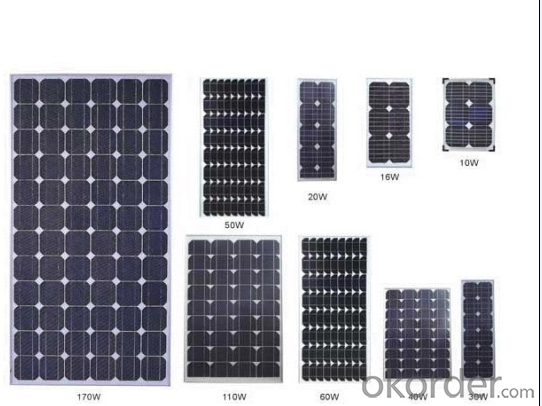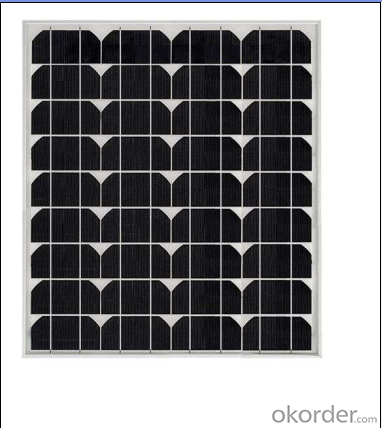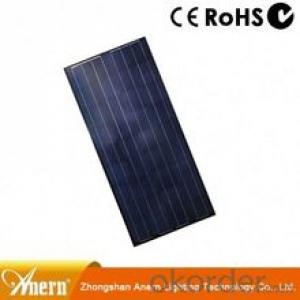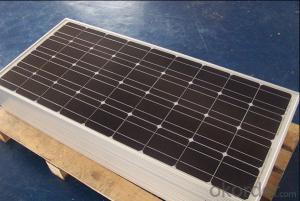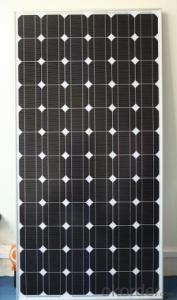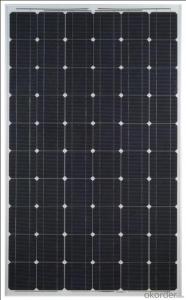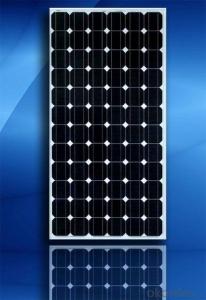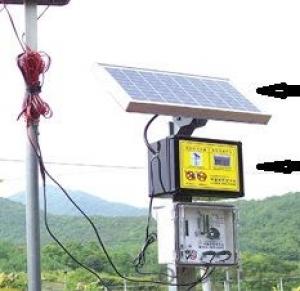Rec Solar Cells Monocrystalline Solar Cell Price with 25 Year Warranty CNBM
- Loading Port:
- Qingdao
- Payment Terms:
- TT OR LC
- Min Order Qty:
- 10 pc
- Supply Capability:
- 300000 pc/month
OKorder Service Pledge
OKorder Financial Service
You Might Also Like
Quick Details
| Place of Origin: | China (Mainland) | Brand Name: | cnbm | Model Number: | PS-M672300 |
| Material: | Monocrystalline Silicon | Size: | 1956*990*40mm | Number of Cells: | 72 pieces |
| Max. Power: | 300W | Weight: | 23kg monocrystalline solar panel | Product warranty: | 25 years |
| Maximum system voltage: | 1000VDC | Tolerance: | 0/+3% | Cable length: | 1.2m |
| Connector: | MC4 compatible connector | Junction box: | IP65 Rated | Frame: | Anodized aluminium alloy |
| Front Cover: | 3.2mm thick.low iron tempered glass | Cell type: | Monocrystalline solar panel cells 156mm |
Packaging & Delivery
| Packaging Detail: | Monocrystalline solar panel packing information 28pcs. / box 20pcs. / pallet 560 pcs. / 40ft 602 pcs. / 40ft (H) |
| Delivery Detail: | in one week |
Specifications
1. Best monocrystalline solar cell price
2. 300W Monocrystalline solar panel with best price
3. 25 years warranty
Product Name
High Efficiency monocrystalline solar cell price with 25 year warranty
Product Description
1.Solar Panel Descprition
PS-M672 Series solar panel is connected in series by 70 pieces of 156mm×156mm Mono Crystalline silicon cells. Solar panel performance is produced according to IEC61215, IEC61730 international standard.
2.Solar Panel Characteristics
1)Manufactured according to international quality and Environment Management
System (ISO9001, ISO14001)
2)High efficiency crystalline silicon solar cells
3)High transmission Iow iron tempered glass, strong mechanical resistance
4)Anti-ageing EVA and excellent anti-climate back sheet
5)Anodized aluminum frame improves load resistance capabilities for heavy wind loads.
6)Standard waterproof junction box
7)High endurance to different weather
8)Good and friendly package with less transportation and storage space.
3.Solar Panel Warranty
1)10 years limited manufacturing warranty
2)10 years for 90% of warranted minimum power
3)25 years for 80% of warranted minimum power
4.Solar Panel Electric Characteristics
| Cell Type | Mono Solar Cell 156mm*156mm | |||
| Item | PS-M672285 | PS-M672290 | PS-M672295 | PS-M672300 |
| Power | 285W | 290W | 295W | 300W |
| Voc(V) | 44.8 | 45 | 45.3 | 345.5 |
| Isc(I) | 8.6 | 8.75 | 8.85 | 8.95 |
| Vm(V) | 36.2 | 36.3 | 36.5 | 36.6 |
| Im(I) | 7.87 | 7.99 | 8.08 | 8.20 |
| Cell Efficiency | 17.08 | 17.38 | 17.68 | 17.98 |
| Module Efficiency | 14.72 | 14.98 | 15.23 | 15.49 |
| Fuse | 15A | |||
| Max System Voltage | 1000VDC | |||
| Cell Number | 72cells | |||
| Tolerance | 0/+3% | |||
| Module Size | 1956*990*40(mm) | |||
| Weight | 23KGS | |||
| Cable Length | 0.9m | |||
| Connector | MC4 or compatible connector | |||
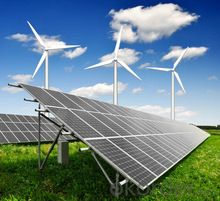
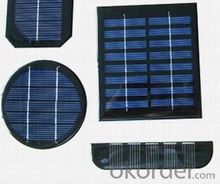
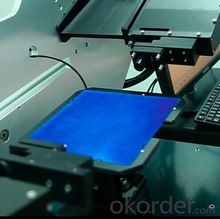
- Q: What is the role of fuses in solar cell systems?
- The role of fuses in solar cell systems is to protect the system from overcurrent and prevent potential damage to the solar cells and other components. Fuses act as a safety measure by interrupting the circuit in case of excessive current flow, thus preventing overheating and potential hazards such as fires or electrical malfunctions.
- Q: Is silicon-based solar cells and silicon-based thin-film solar cells the same?
- Silicon-based solar cells include silicon-based thin-film solar cells, including monocrystalline silicon solar cells and polycrystalline silicon solar cells. Silicon-based thin-film solar cells can only be in the form of thin-film silicon-based solar cells.
- Q: How do solar cells perform in coastal environments?
- Solar cells perform well in coastal environments as they are not affected by the presence of salt in the air. However, high humidity levels and salt spray can potentially impact the performance of solar cells over time, requiring regular maintenance and cleaning to ensure optimal efficiency.
- Q: Can a solar cell be used in commercial buildings?
- My apartment used solar cells as the main power supply .
- Q: Can solar cells be damaged by hail or strong winds?
- Yes, solar cells can be damaged by hail or strong winds. Hailstones can crack or break the glass surface of solar panels, while strong winds can potentially dislodge or damage the panels themselves. It is important to ensure proper installation and quality materials to minimize the risk of damage from these weather conditions.
- Q: What are the disadvantages of using solar cells?
- One disadvantage of using solar cells is their high initial cost. The installation and setup of solar panels can be expensive, making it less accessible for some individuals or households. Additionally, solar cells are dependent on sunlight, so their efficiency can be affected by weather conditions, such as cloudy days or limited sunlight during winter months. Moreover, the production of solar cells involves the use of certain materials that can have environmental impacts, such as the extraction of rare minerals. However, advancements in technology and decreasing costs are gradually reducing these disadvantages and making solar energy a more viable option for sustainable energy production.
- Q: I would like to use a ppt to show how solar cells can work in a power generation factory, can anybody share some useful information with me?
- For a ppt, I think you should start with the definition of solar cells to give a basic introduction of solar cells.
- Q: Can solar cells be used in underwater vehicles or submarines?
- Yes, solar cells can be used in underwater vehicles or submarines. However, due to the limited availability of sunlight underwater, the efficiency of solar cells in generating power is significantly reduced. Therefore, solar cells are often used as a supplementary power source in combination with other power systems such as batteries or fuel cells in underwater vehicles or submarines.
- Q: How does the solar cell work properly?
- Silicon, as one of the most important semi-conductor material, plays a vital part in how to make the solar cells work.
- Q: Are there any library or exhibition halls where I can show students at school how the solar cells works?
- There is a solar cell power generation station nearby the main road, where there is also a exhibition center showing the process of how the solar cell works. I guess that place is the best place for you to go.
Send your message to us
Rec Solar Cells Monocrystalline Solar Cell Price with 25 Year Warranty CNBM
- Loading Port:
- Qingdao
- Payment Terms:
- TT OR LC
- Min Order Qty:
- 10 pc
- Supply Capability:
- 300000 pc/month
OKorder Service Pledge
OKorder Financial Service
Similar products
Hot products
Hot Searches
Related keywords
